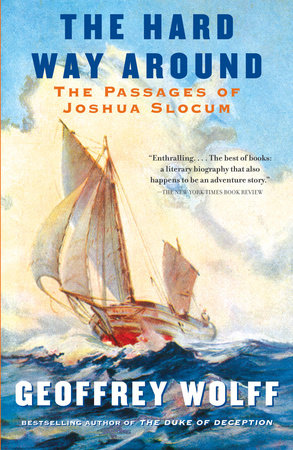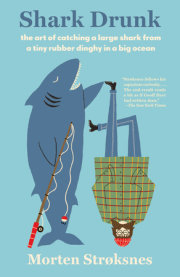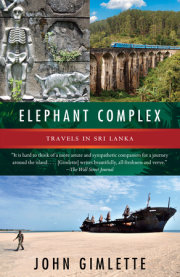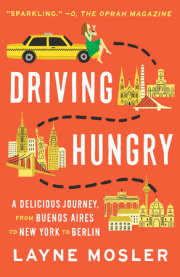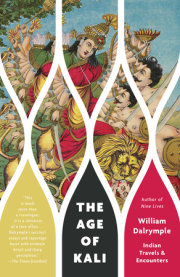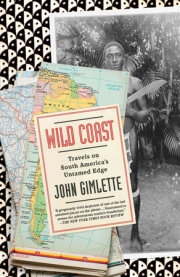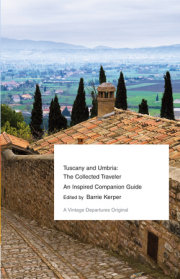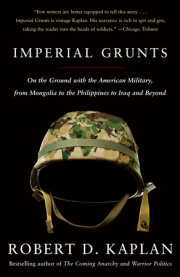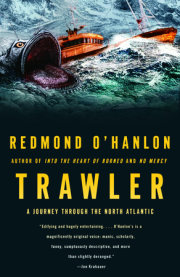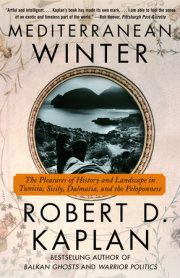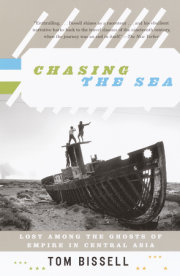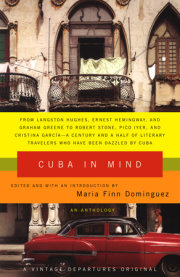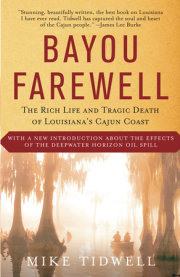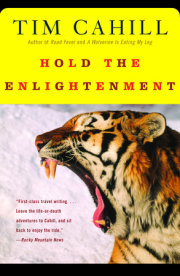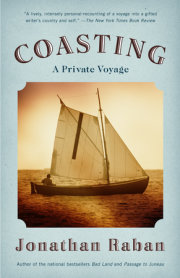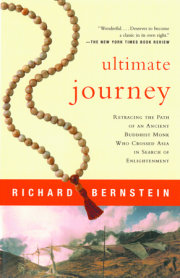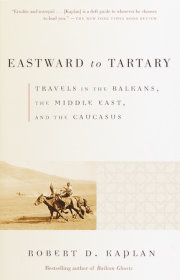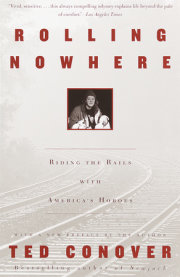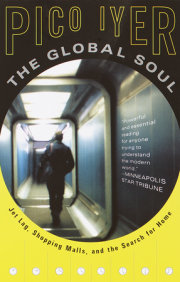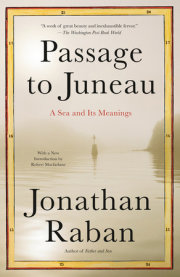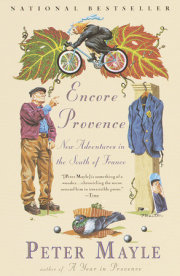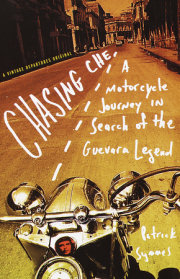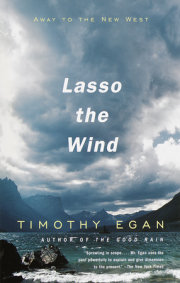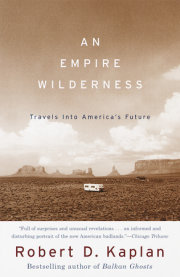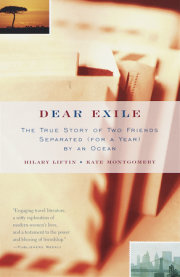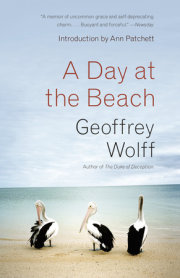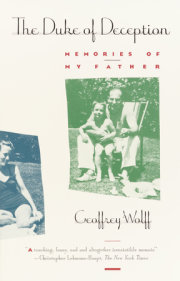The Tales He Could Have Told
Joshua slocum's
Sailing Alone Around the World (1900),his account of his audacious achievement as the first to complete a solocircumnavigation, is a tour de force of descriptive and narrative power. Histwo previous accounts of his voyages-
The Voyage of the "Liberdade"(1890) and
The Voyage of the "Destroyer" (1893)--are less remarkableonly for the huge shadow cast by his masterwork. To know what he achieved is tounderstand why the National Geographic Society, learning about Charles Lindbergh's solo transatlantic flight in 1927, elevated Lucky Lindy to a smallpantheon that included such notable voyagers as Dr. David Livingstone, SirGalahad, and Joshua Slocum. To read Slocum is to understand why GeorgePlimpton, in a charming personal essay about the most intriguing men and womenknown to history, wrote that Slocum would be one of the few he'd bring backfrom the grave to share a dinner and conversation. And what Plimpton knew ofhim didn't include the books that he'd been too busy to write.
Slocum might have made a grand adventure story of daring, catastrophe, and self-salvage from the facts of his honeymoon voyage as masterof the
Washington. Following his wedding in Sydney, Australia, to Virginia-theAmerican daughter of a gold prospector-the couple sailed to Cook Inlet a coupleof years after the United States bought Alaska from the Russians. Seward'sIcebox (aka Seward's Folly) teemed with salmon that Slocum and his crew meant to catch, and did, but the
Washington was driven aground and destroyed during agale. Slocum rescued his crew and their haul by building small boats from thewreckage, then daring to make the difficult passage to Kodiak Island and thenceto Seattle and San Francisco, where the fish were sold at a pretty price.
And it would be a thrilling study of enterprise andexotic geography to read Slocum's account of his adventures with the Pato, asmall packet that he and his family came by in Subic Bay as recompense for theyear they spent on a crocodile-infested beach, searching the branches above forboa constrictors and shaking centipedes and scorpions from their boots. Slocumhad been hired to build a steamship hull, but instead of his promised paymenthe was given the
Pato, without a deck or cabin. Never mind: he built what heneeded to float his family and to trade in the Pacific, and soon they sailedthe schooner from Manila to Hong Kong and the Okhotsk Sea to fish for cod. Fourdays before the fishing began, Virginia gave birth to twin girls, but she thenstood undaunted at the
Pato's rail with her infant son, Victor, hand-lining thehuge fish aboard. It was a great catch, and once the
Pato was so loaded shebarely floated, Slocum sailed to Portland, where he sold the fish door-to-door.The twins died. The Pato next sailed for Honolulu, where his boat was shown offin an informal race against the fastest packet in Hawaiian waters, and won, where upon Slocum sold her for a small fortune in gold pieces.
And it should be wished that Slocum had written theserial tragedy of his voyages with his family aboard the
Northern Light, theapogee of his merchant-shipping career. At Hong Kong in 1881, aged thirty-seven, he became one-third owner and master of "this magnificentship, my best command," as he uncharacteristically boasted. The medium clipper
Northern Light, built eight years before and after the age of clipperships had passed, had a length of 233 feet, a beam of 44, and three decks. Itwas not only huge, spreading acres of canvas, but also built to demand attention: "I had a right to be proud of her," Slocum wrote,"for at that time she was the finest ship afloat."
Students of tragedy will recognize these words as aforeshadowing prologue, the pride that cometh before the proverbial sadheadline. Slocum's hubris at first seemed justified as the
Northern Light sailed to Manila, Liverpool, and New York, where her progress up the East Riverwas blocked by the Brooklyn Bridge. She had to have her top masts dismantled to pass under this monumental connection in the web of land routes and steam-powered conveyances that were rushing together to end Slocum's calling.
Having refurbished his ship, Slocum began his voyage tothe Pacific with a crew that makes of "motley" an encomium. They gotas far as New London, Connecticut, before the
Northern Light exhibited acharacter flaw, the failure of her rudder. The crew mutinied. The Coast Guard intervened, but not before a mutineer stabbed the first mate to death.
Slocum wrote about none of this, nor about forging aheadwith the same awful crew, seeing the prophetic Great Comet of 1882, and passingnear Krakatoa after its initial eruptions in May 1883 and before its finalcataclysm in August but in time to sail into a sea of boiling pumice. He did commit to paper his rescue of Gilbert Island missionaries adrift for more than forty days in an open boat, and his transport of these grateful castaways to Yokohama, where he attempted unsuccessfully to have members of his restive crew removed. He sailed on for the Cape of Good Hope, where the ship'srudderhead-the same mechanism that had brought such dismay near NewLondon-twisted off. Huge seas then opened other weaknesses of hull structure, and only furious pumping kept the ship afloat, till it was noticed that the pumps' discharge was slowing, a trickling brown syrup as thick as molasses,which in fact was what they were pumping-a gummy slurry of the hold's cargo ofsugar and seawater.
In newspaper interviews and court depositions, Slocum didrecord what befell him next. He reached a lucky haven in Port Elizabeth, wherethe
Northern Light was patched up and he hired as a mate an ex-convict, Henry Slater, who was traveling under forged papers. Sailing for New York, the crewagain mutinied, and Slater was put in irons and confined to the hold on a dietof bread and water for fifty-three days. Upon arrival, Slater was freed and Slocum arrested, charged with excessive and unjust punishment of his prisoner.The trial was theatrical, with reversals of fortune and conflicting testimony,and the
New York Times editorial page, rushing to misjudgment, vilified Slocumas a barbarian unfit to command a ship. He was fined and lost his ownership ofthe
Northern Light, which was worth less in any case than repairs to her hulland rigging would cost. She was dismasted, sold as a coal barge, and tuggedport to port by a steamboat, sooty as the dust clouds from Krakatoa.
It's no wonder Slocum didn't wish to tell this sad tale,which nevertheless deserves telling. What he did write was more than enough tosecure his standing as a great writer, navigator, and adventurer, our AmericanSinbad. The historian Bruce Catton wrote of Slocum in 1959 that it was fittingto "mention Slocum on the same page with Columbus, because all truevoyages of discovery are basically alike." And what makes a voyage "true"? Above all, it must be inward, "concerned first of all with something in himself, if it be nothing more than the conviction that if hesearches long enough he can make the world give him something he has not yet had."
Copyright © 2010 by Geoffrey Wolff. All rights reserved. No part of this excerpt may be reproduced or reprinted without permission in writing from the publisher.

